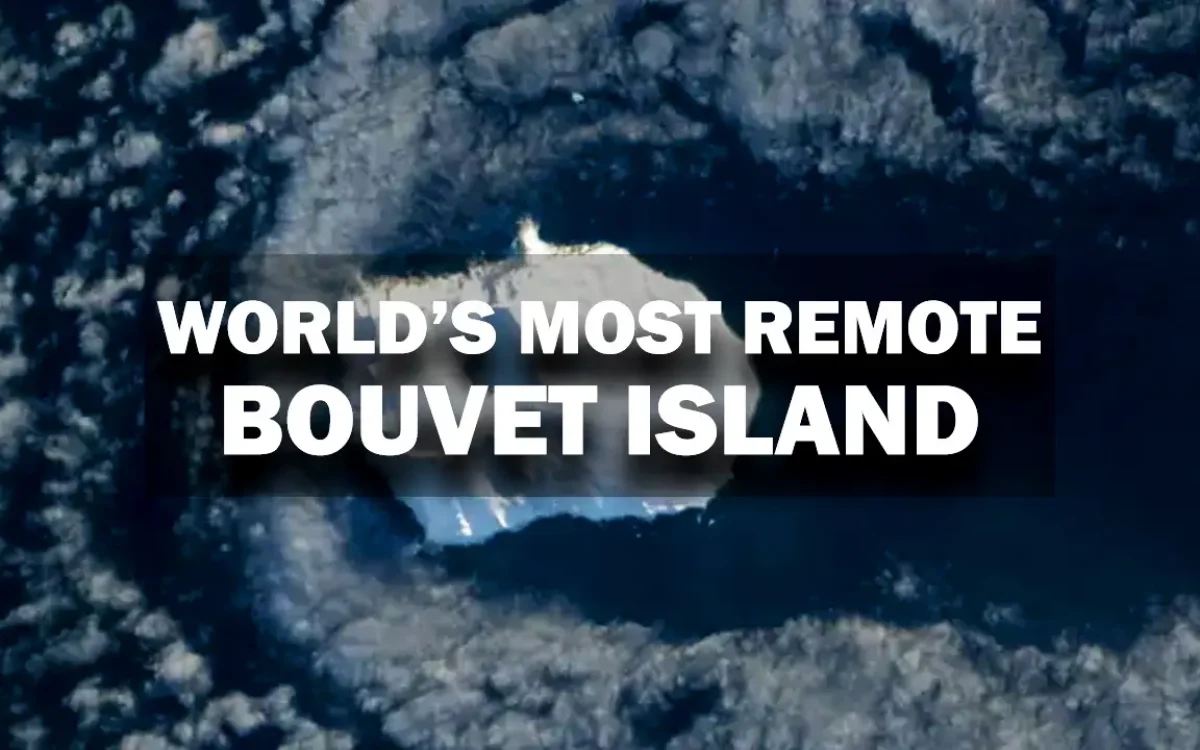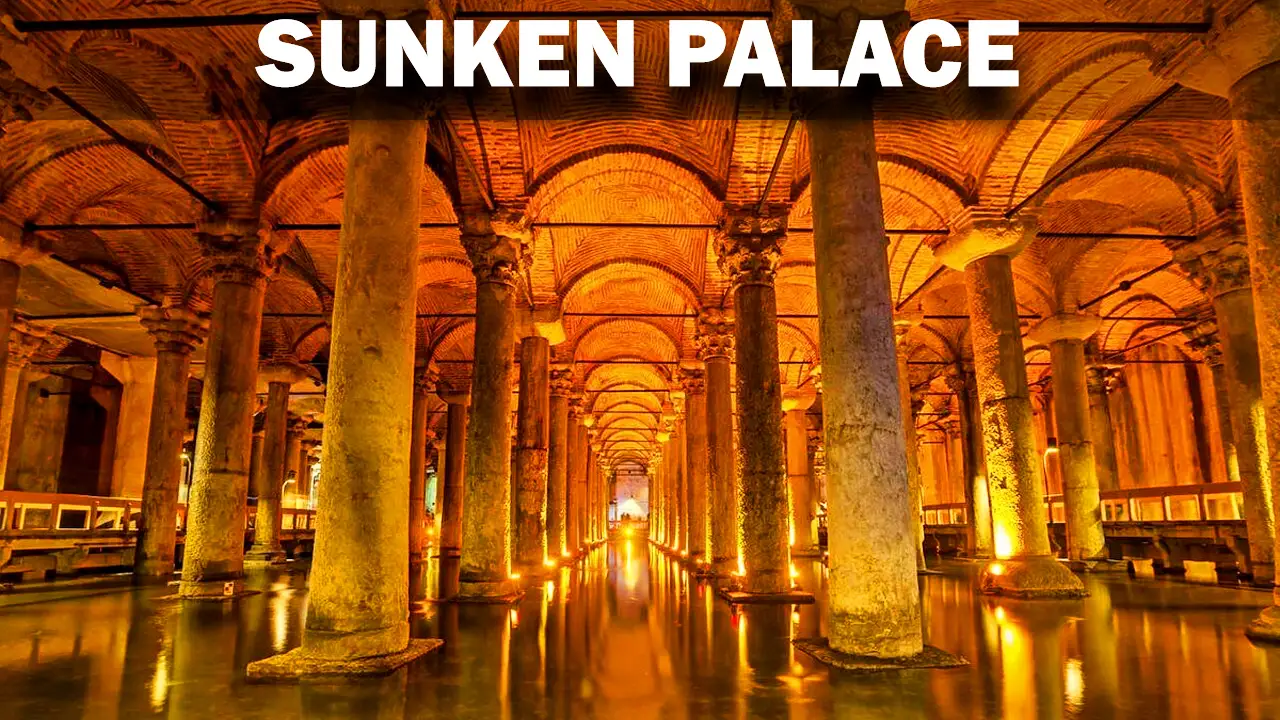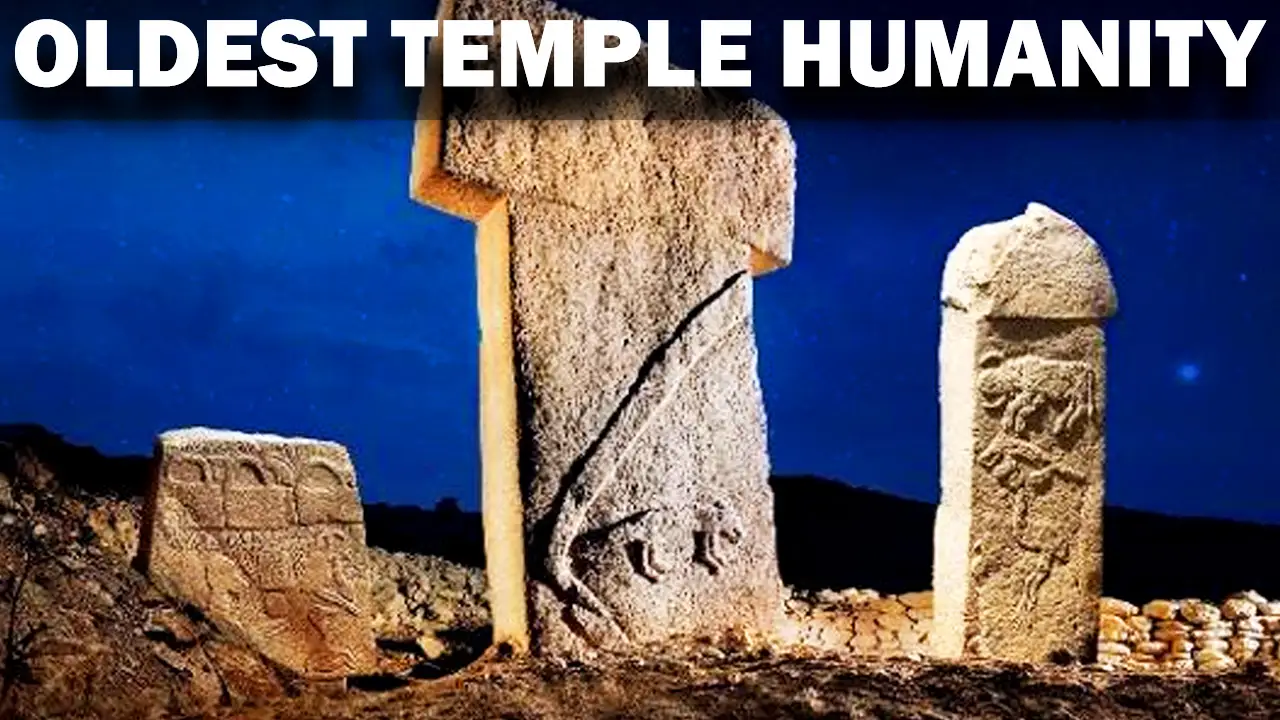In a lost corner of the South Atlantic Ocean lies a place few know about and even fewer have seen with their own eyes—a place that defies logic and human endurance: Bouvet Island.
Bouvet Island: A Place Where Time Stands Still
This icy territory, almost entirely covered in glaciers, is not only the most isolated place on the planet but also an enigma shrouded in desolation and secrecy.
What makes Bouvet such a fascinating and simultaneously inaccessible location? Stay with us until the end to uncover its mysteries.
What Makes Bouvet Island Unique?
Bouvet Island, officially part of Norway, is known as the most remote uninhabited island in the world.
This tiny landmass, covering just 49 square kilometers, lies thousands of kilometers from any human settlement. But its isolation is not the only factor that makes it unique:
- 93% glacier-covered terrain: This makes the island virtually uninhabitable.
- No ports or terrestrial access: Bouvet can only be reached by air.
- Extreme weather conditions: With temperatures rarely exceeding 0°C, the island is a true challenge even for seasoned scientists and explorers.
The Distance that Defines Bouvet
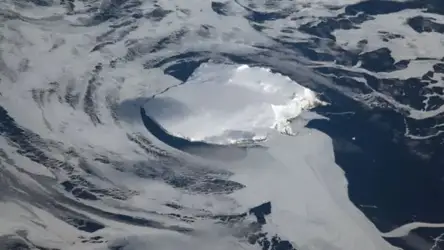
To grasp its remoteness, consider these numbers:
- 1,750 kilometers from Antarctica.
- 1,900 kilometers from the South Sandwich Islands.
- 2,270 kilometers from Tristan da Cunha, the nearest populated location.
- 2,520 kilometers from Cape of Good Hope, South Africa.
This isolation has kept the island almost untouched, turning it into a natural time capsule where it feels as though time has stopped.
The History of a Difficult Discovery
Bouvet’s mystery began in 1739, when French navigator Jean Baptiste Charles Bouvet de Lozier first mentioned the existence of an island in this remote corner of the world.
However, its exact location remained uncertain for decades. Even the renowned Captain James Cook noted its possible existence in 1772, though his coordinates were imprecise.
It wasn’t until 1808 that James Lindsay confirmed the island’s existence, describing it in detail. Since then, Bouvet has been a center of curiosity and territorial disputes.
Who Owns Bouvet?
In the 19th century, both the United Kingdom and Norway claimed the island. Finally, in 1928, Norway established sovereignty after a group of explorers spent more than a month there.
Since then, Bouvet has been an official territory of Norway and has been designated a protected nature reserve since 1971.
Curiosities that Make Bouvet an Enigma
Beyond its extreme isolation, Bouvet holds unique characteristics that captivate the imagination:
- Olav Peak: Standing at 782 meters above sea level, this is the island’s highest point. In 2012, Norwegian climbers buried a time capsule at the summit, set to remain sealed until 2062.
- Volcanic black sand beaches: Despite being mostly glacial, Bouvet features surreal black sand beaches formed by volcanic activity, creating a stark contrast amidst the ice.
- Extreme climate: With an average annual temperature of -1°C, winters are harsh, and summers are barely tolerable.
Why Visit Bouvet?
Bouvet is not your typical tourist destination, but its exclusivity makes it appealing to the most daring adventurers.
The few scientific expeditions that reach the island rely on helicopters for transport, as maritime conditions and the lack of ports make access by ship nearly impossible.
Additionally, the island serves as a reminder of the planet’s still-unexplored places, where nature remains untouched and humanity has barely left a mark.
The Mystery Endures
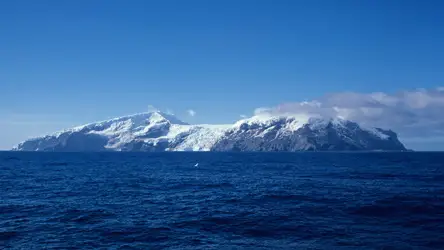
Bouvet is far more than a remote island—it is a symbol of nature’s resilience against human encroachment.
Isolated, inhospitable, and mysterious, this island continues to challenge science and inspire those who dream of unique locations on Earth.
Without a doubt, Bouvet is a reminder that even in an increasingly connected world, there are still places seemingly designed to keep their secrets.
- You may also like:
- YouTube Channel: Travel Destinations Now

